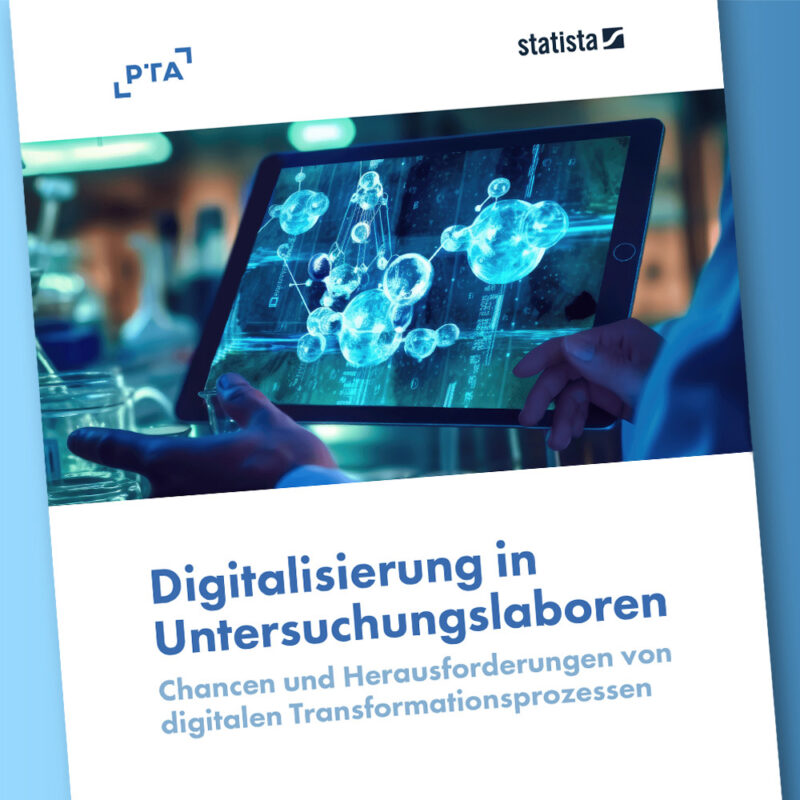Three important pillars: strategy – data procurement – IT infrastructure
The European Parliament adopted the EU Corporate Sustainability Reporting Directive (CSRD) at the end of 2022. Numerous companies – capital market-oriented companies, but also many SMEs – will be legally obliged to publish information on the social and environmental impact of their activities and to report on this in accordance with a clearly defined set of criteria by the beginning of 2025 at the latest. According to the data experts at PTA IT-Beratung GmbH, companies should now be looking at how transparent reporting can be efficiently mapped in their organization with IT support and how Digitalization and process automation can help to bundle all the necessary data from different sources and make it available in a clear, legally compliant dashboard.
In future, many companies will have to integrate an environmental and social orientation into all aspects of their activities. Success is therefore no longer measured solely on the basis of economic values, but also in terms of the added value a company brings to the social and natural environment. Current developments at EU level – with the entry into force of the CSRD and the introduction of accountability for ESG (environment, social and governance) issues – suggest that the regulatory pressure on companies will definitely increase. The IT experts at PTA IT-Beratung show which three building blocks are essential for successful ESG reporting.
Building block 1: The ESG strategy approach lays a solid foundation
A stakeholder and materiality analysis is mandatory under the CSRD. This alone shows how important this first building block is. A materiality analysis lays the strategic foundation for a company to identify not only these goals and measures in sustainability management, but also those areas of action with the greatest impact. This allows economic, ecological and social impacts to be assessed, enabling a company to formulate concrete sustainability goals and establish appropriate measures for sustainable development.
Module 2: Efficiency is key – digitizing and automating data procurement
Once the strategic ESG foundation has been laid, the actual results are compared with the underlying processes, i.e. the target status, the set goals and measures. The focus here is on either a definition of requirements in accordance with scope verification in accordance with ESRS (European Sustainability Reporting Standards) or a company-specific sustainability management system. This methodology makes it possible to reliably determine which data is required for reporting, from which sources it originates and who is responsible for it. With the results obtained, the next step is to determine how this data can be transparently bundled in a suitable data warehouse concept and how its procurement can be digitized and automated in order to finally relieve the management board in the company with suitable dashboards in the course of the reporting obligation.
Module 3: Integration of requirements into the IT landscape and selection of the right tools
Once the strategic foundations, scope verification and data procurement issues have been clarified, the findings can be translated into a suitable IT solution. At the beginning of such an implementation project, it is advisable to sound out at which points manual input is required for data collection and at which points automatic interfaces can be used. Once these requirements have been clarified, it is important to deal with the necessary IT architecture and the right choice of tools. In-depth advice on the right choice of tool is important. In this context, the question of “make or buy” must be clarified. It is therefore necessary to determine whether a company is better off opting for an individually developed solution that uses and integrates relevant parts of the existing IT architecture, or whether the choice of standard software available on the market is more promising.
“Regardless of which path a company chooses, our data experts are familiar with all common implementation and development methods,” says Dr. Frank Gredel, Head of Business Development at PTA IT-Beratung. “As part of our requirements engineering, we work with our customers to define the requirements for the reporting system to be developed – these range from data integration using ETL to the creation of entire data warehouse architectures. Our agile software development ensures that the benefits for our customers’ organizations are maximized at all times.”
Find out more about our ESG reporting services or contact us directly:





